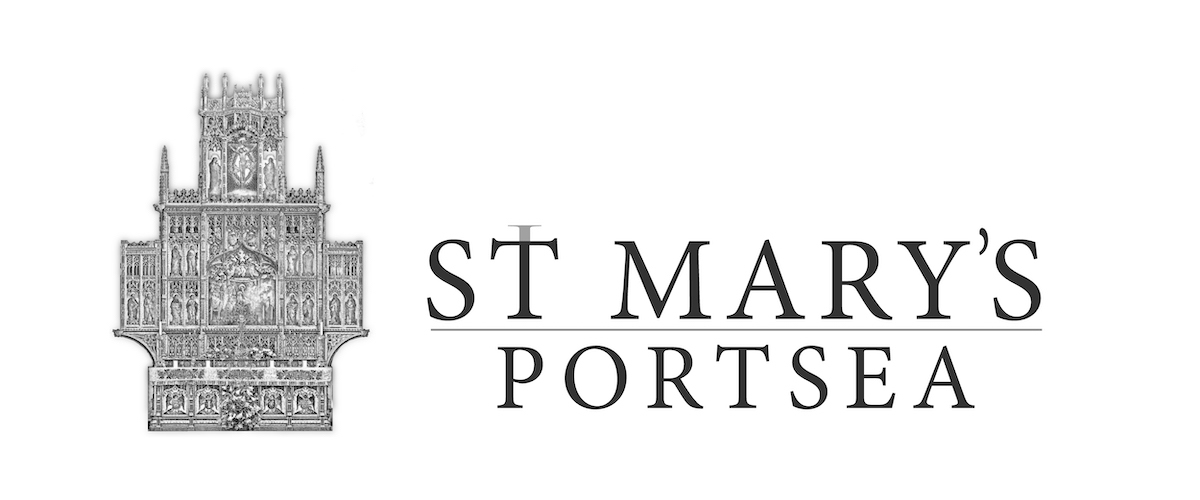You may have seen in Pompey Chimes – or heard elsewhere – about the celebrations for the 1st birthday of Harbour Church. It is good to see the work and witness that they have been doing in the heart of the city. A small group of us have been meeting to talk with Alex, the Vicar of Harbour, about the future and what could happen next. In these discussions I have been encouraging us to see what lessons we can learn from the past – for the danger is that we forget that ‘church planting’ is not a new thing. Indeed our own Parish has a lot of evidence of that happening over the centuries.
Some might say that the site of Saint Mary’s itself in the mid 7 th Century was an early church plant. The Anglo Saxons under the leadership of Wilfrid and others spread along the south coast and planted churches as part of their expansion. Likewise, as the city grew and spread across Portsea Island, so the Church of England continued to plant new churches in the communities that were developing. The neighbouring Parishes of Saint James and Saint Mark were planted out of the old Saint Mary’s Parish and from them, as well as from us, a number of mission churches were planted at the end of the Victorian era. So at one time this Parish (after the 1st World War) had 5 mission churches, of which now only Saint Faith’s and Saint Wilfrid’s remain. These two communities are examples of ‘church planting’ at the turn of the 20th Century.
In October we will be celebrating the life of both Mission Churches as they keep their Patronal Festivals. Saint Faith’s on October 6 th at 7.30 p.m. (Preacher Revd Jenny Wiltshire) and Saint Wilfrid’s on October 12th , also at 7.30 p.m. (Preacher Revd Elizabeth Groves, President of the Diocesan Mothers’ Union). These celebrations, alongside the 1st birthday of Harbour, give us an opportunity both to look back and give thanks for what has happened, but also to think about the future and how we can continue to respond to God’s call to us to be his people in this generation.
What are the lessons we learn from these church plants – what do they have in common? Simply, they were each from the 7 th Century to the present day the response of the people of God to that call and finding a way of expressing it in that place and time. Sometimes they may flourish, and at other points they need to change or make way for others, but what matters is that they are always seeking to be living signs of Christ’s presence in our communities. So let us pause and give thanks for those whose vision and commitment led to the founding of our two mission churches and let us pray for the guidance of the Holy Spirit as we look to the future and consider how we can continue to serve him in mission.
